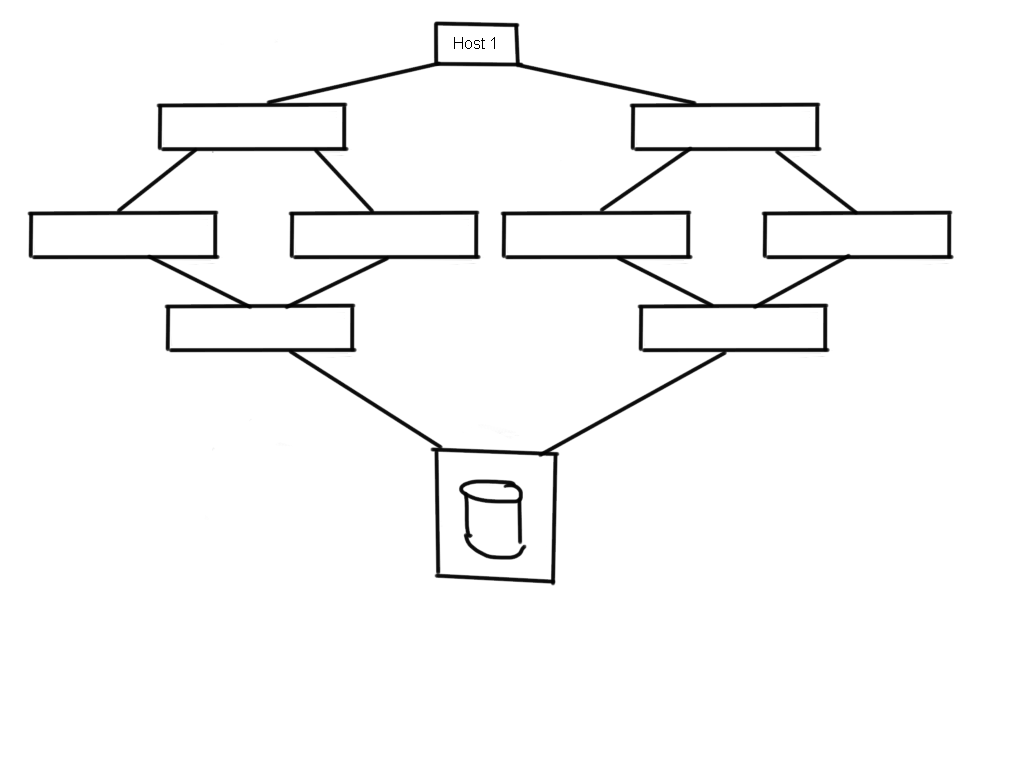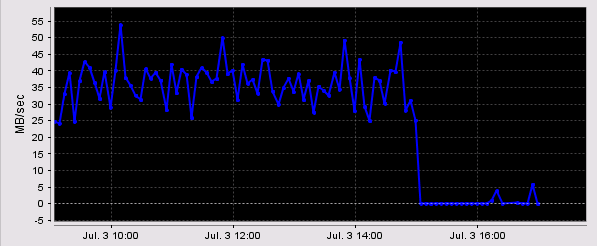The piece of spinning Fe3O4 (ie rust) is by far the slowest piece of equipment in the IO stack. Heck, they didn’t invent SSD and Flash for nothing, right. To overcome the terrible latency, involved when a host system requests a block of data, there are numerous layers of software and hardware that try to reduce the impact of physical disk related drag.
One of the most important is using cache. Whether that is CPU L2/L3 cache, DRAM cache or some hardware buffering device in the host system or even huge caches in the storage subsystems. All these can, can will, be used by numerous layers of the IO stack as each cache-hit means it prevents fetching data from a disk. (As in intro into this post you might read one I’ve written over here which explains what happens where when a IO request reaches a disk.)
Continue reading →







